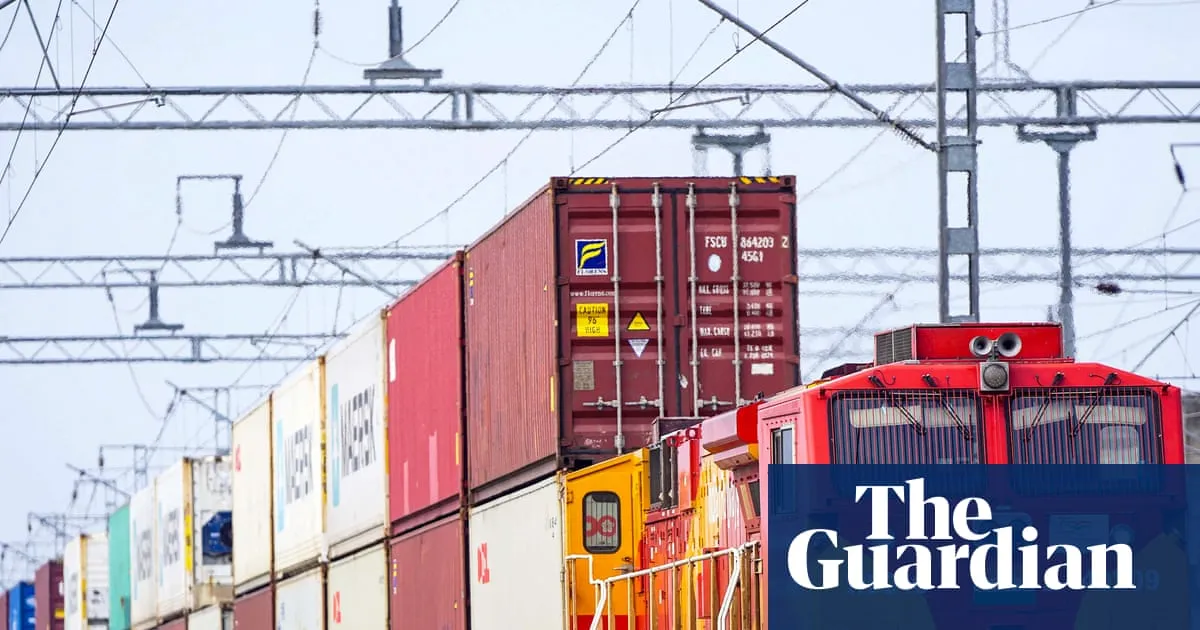
In a significant escalation of trade tensions, Donald Trump has imposed a staggering 50% tariff on most US imports from India, fulfilling a prior threat aimed at punishing one of the world’s largest economies. This decision, which took effect just after midnight on Wednesday in Washington, poses a severe risk to the Indian economy and threatens to disrupt global supply chains.
Earlier this month, US tariffs of 25% on Indian goods had already come into effect. However, Trump announced plans to double this rate, primarily due to New Delhi’s ongoing purchases of Russian oil. The White House has argued that these transactions indirectly fund Russia’s military actions in Ukraine. Since reentering the White House in January, Trump has significantly escalated tariffs on goods from various nations, straining relations with both allies and rivals and raising concerns about potential inflation spikes.
This latest tariff decision results in Indian exporters facing some of the highest US duties ever imposed on foreign goods. Notably, Brazil is also contending with similar 50% tariffs on its exports to the United States. Indian officials argue that their country has been unfairly targeted due to its trade relationship with Russia. Consequently, they predict a move towards closer ties with Moscow and Beijing, distancing themselves further from Washington.
In 2022, Indian goods exports to the US were valued at approximately $87.3 billion, according to the US Trade Representative. While some key products like smartphones are currently exempt from these tariffs, many other sectors, including textiles, gems, and jewelry, face significant challenges. Economists caution that sustained 50% tariffs could push India’s GDP growth below 6%, a decline from an initial forecast of around 6.5%.
In response to the tariffs, Prime Minister Narendra Modi has encouraged citizens to support local businesses by purchasing Made in India products. “Pressure on us may increase from the tariffs, but we will bear it,” Modi stated, promoting a sense of resilience amid economic challenges. Despite this defiance, the Federation of Indian Export Organisations (FIEO) reported that textile and apparel manufacturers have already halted production due to worsening cost competitiveness.
With the benchmark BSE Sensex dropping 1% or 849 points to 80,876 in Mumbai ahead of the tariff implementation, the stock market reflects growing economic anxiety. The US remains India’s largest export market, accounting for nearly a third of shipments in critical sectors such as gems, jewelry, and textiles, underscoring the potential economic fallout from these tariffs.
Trust in future US-India relations appears to be the biggest casualty of this tariff conflict. “Trump has blown it. The hard work between the two countries is now at risk,” remarked a senior Indian trade official, who requested anonymity. The official noted that rebuilding trust will be a lengthy process, potentially stalling until Trump exits the political arena.
Indian External Affairs Minister S. Jaishankar criticized Washington's demands for New Delhi to cease buying Russian crude, labeling it as “unjustified and unreasonable.” He pointed out the hypocrisy of Western nations, particularly Europe, which engage in significantly more trade with Russia. To avoid the impact of the new tariffs, India would need to replace about 42% of its oil imports.
Despite the escalating tensions, Jaishankar affirmed that US-India trade talks are still ongoing. “We are two big countries; we need to have conversations,” he stated, highlighting the importance of maintaining dialogue. However, previous hopes for a trade deal that would cap tariffs at 15% were dashed when India declined to open its agricultural market to American goods, fearing adverse impacts on its farmers.
As India strengthens its ties with Russia, which it refers to as an “all-weather friend,” Jaishankar's recent visit to Moscow underscores this pivot. With Modi also planning to visit China for the Shanghai Cooperation Organisation summit, the geopolitical landscape for India is becoming increasingly complex. “India will tiptoe toward China, but not in a full embrace,” noted a senior Indian official, who emphasized the need for business interactions despite historical tensions.
In conclusion, the recent imposition of 50% tariffs on Indian imports by the Trump administration marks a critical juncture in US-India relations. The economic repercussions could be profound, and the political dynamics may shift significantly, leaving both nations to navigate a turbulent path ahead.